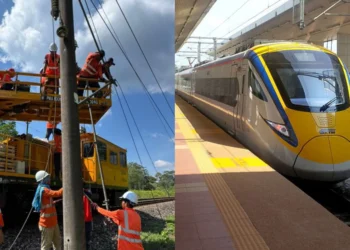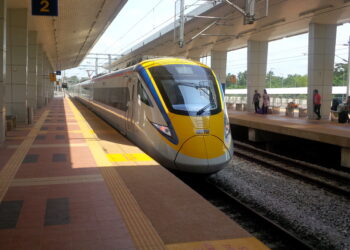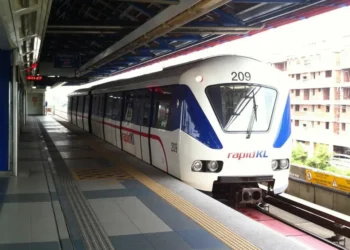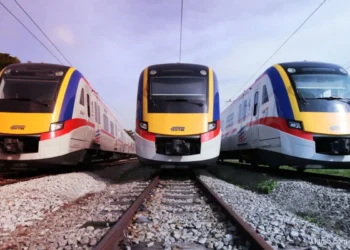Santan, the food and beverage arm of Capital A, has taken a major stride toward sustainability by shifting from single-use plastics to eco-friendly alternatives. In a commendable move to minimize environmental impact, all disposable inflight items—such as cups, lids, and cutlery—are now made from Polylactic Acid (PLA), a biodegradable material sourced from renewable resources like corn and cassava.
Created in partnership with Rightway New Material, PLA stands out from traditional plastics due to its significantly faster decomposition rate. Research indicates that PLA can break down by more than 90% under industrial composting conditions, whereas conventional plastics may take centuries to decompose. Santan’s PLA-coated paper cups are also certified for home composting, providing guests with a convenient and environmentally friendly way to dispose of them.
The initiative is currently being implemented in Malaysia and Thailand, with a phased rollout planned across all seven airlines within the AirAsia Group.
Through the adoption of PLA, Santan is leading by example in the aviation sector, demonstrating that exceptional service can go hand in hand with sustainable, environmentally conscious practices.
Catherine Goh, Chief Executive Officer of Santan said, “At Santan, we believe in making every flight an opportunity to deliver not only exceptional inflight dining and value but also a positive impact on the environment. This strategic shift to compostable PLA packaging plays an important role in addressing the issue of plastic waste in the aviation sector. By implementing this change, AirAsia will reduce carbon emissions by 500 tonnes annually in Malaysia and Thailand and we hope it will inspire others in the industry to make meaningful changes for the planet.”
Understanding the complexities of waste management—especially in environments where disposable packaging is necessary for hygiene and operational effectiveness—Santan is taking its sustainability efforts a step further by integrating artificial intelligence into its food resource management. This technology helps enhance demand forecasting and reduce excess production, effectively cutting down on food waste. The result is a more efficient supply chain and a more sustainable approach to resource usage and overall operations.
All the information and images are provided by Air Asia.
Follow us on Instagram, Facebook or Telegram for more updates and breaking news.










